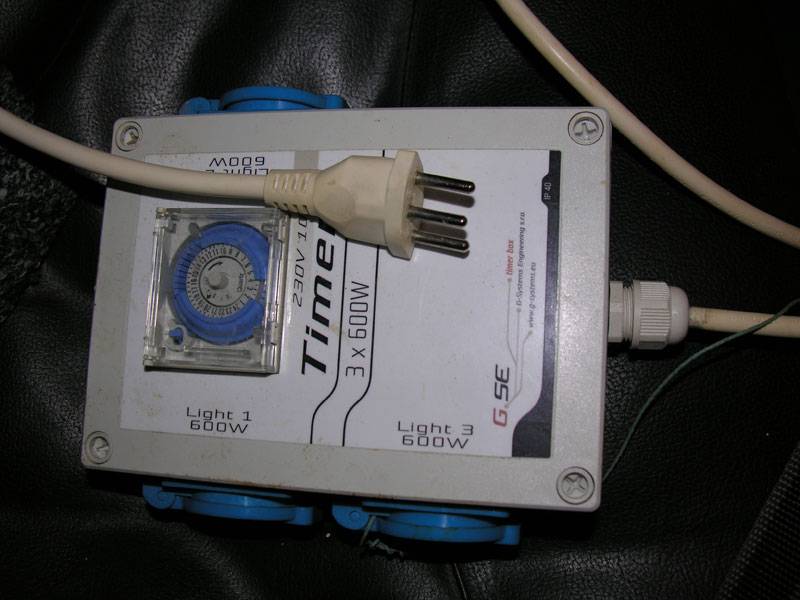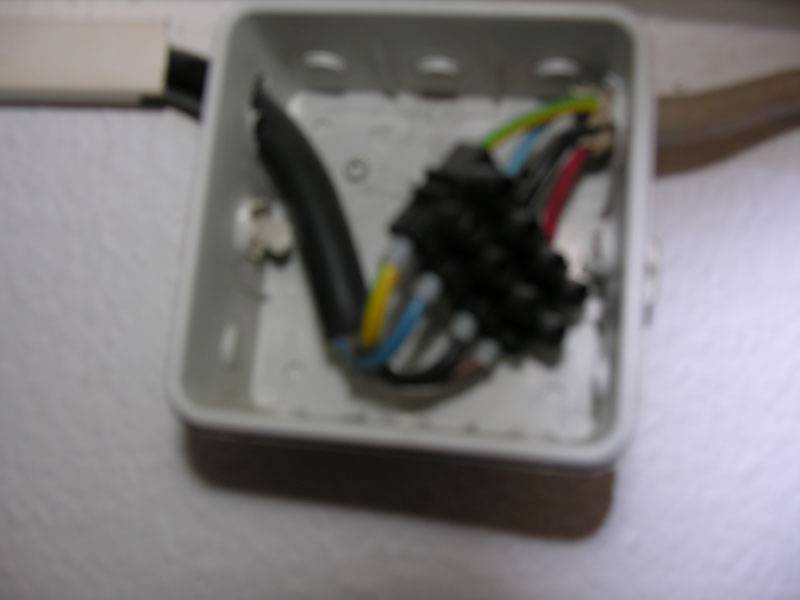i need to make use of a cable that was installed by an electrician years and years ago. it has 5 wires inside. but i only need to use it to power a normal plug. so my question is how do i go from a 5 polled cable to a three polled cable. have just used the socket in the wall, but if someone forgets not to use certain other sockets for the vacuum it can be too much. so i want to make use of the safer cable that draws power from the fuse board.
so i want to be able to power this controller:

from this source.

this pic just shows you where it was connected together to make it longer. it ends with one of those black clamp things. so how do i go about this? cut the plug off the controller and then?
any help greatly appreciated, i am sick of changing out the sockets. there will always be someone who uses the wrong plug and over loads the circuit if i power every thing from 1 circuit. that thick 5 polled cable is powered by both circuits.
gaius
so i want to be able to power this controller:
from this source.
this pic just shows you where it was connected together to make it longer. it ends with one of those black clamp things. so how do i go about this? cut the plug off the controller and then?
any help greatly appreciated, i am sick of changing out the sockets. there will always be someone who uses the wrong plug and over loads the circuit if i power every thing from 1 circuit. that thick 5 polled cable is powered by both circuits.
gaius



